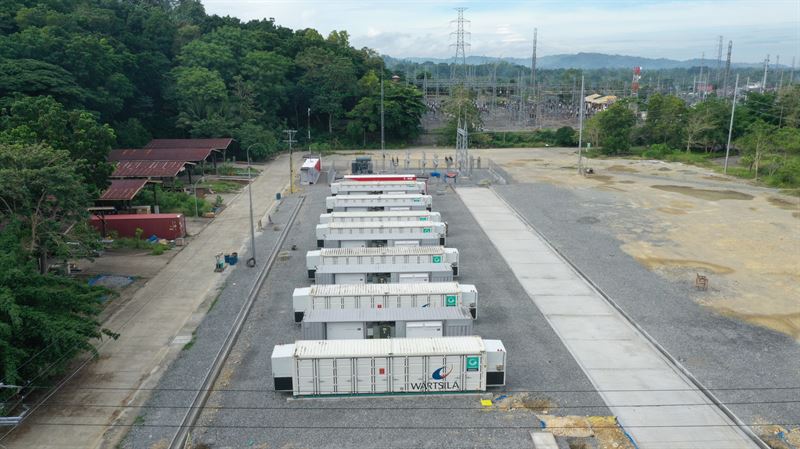
One of the country’s largest electricity producers—one that is heavily reliant on coal—surprised market watchers recently by announcing a strategic shift away from the cheap but environmentally damaging power source.
At the same time, San Miguel Corp. (SMC) said it would be adding renewable energy to its power portfolio, using technologies that would significantly cut its carbon footprint while continuously addressing the country’s need for reliable and affordable power.
“We’re executing on our plans to move away from building new coal facilities, despite new technologies that make them cleaner,” San Miguel president Ramon Ang said last month. “It’s a company direction that is in line with all the sustainability initiatives we have undertaken these past couple of years.”
The company dropped plans to put up three new clean-coal power plants with a capacity of 1,500 MW in favor of new facilities that use cleaner, renewable energy sources.
Transition
The company has already started its transition to cleaner energy with the ongoing construction of 31 Battery Energy Storage System (BESS) facilities all over the country.

Wärtsilä’s first two energy systems projects in the Philippines reached final commissioning in May 2021. Integrated Renewable Power Hub-Toledo picture. Copyright Wärtsilä Corporation.
The BESS facilities will have a total capacity of 1,000 MW and are set for completion from 2021-2022. According to Ang, they represent San Miguel’s fullscale solution to fix power quality issues in the electricity grid.
The project will allow the integration of more than 3,000 MW of intermittent renewable power sources to the grid.
SMC maintains a diverse power portfolio utilizing renewables and traditional.
“This is to ensure that as we transition to cleaner sources, we will not undermine our commitment to meet the growing demand for affordable and reliable energy.”
As such, San Miguel’s power unit, SMC Global Power Holdings Corp., will also put up solar plants in combination with battery storage facilities in 10 locations throughout the country, to be operational by 2023.
The company is spending about $1 billion to simultaneously build 31 new battery energy storage facilities nationwide, with a rated capacity of 1,000 MW.
New technology
The company completed in 2018 the very first battery energy storage facility in the country in its power plant in Masinloc, Zambales.
The project using relatively new technology is capable of improving power quality throughout the grid and facilitate integration of renewable power sources into the country’s generation portfolio.
The technology is also a major step towards making intermittent renewable energy more viable in the country.
“Our ongoing investment in battery energy storage facilities will greatly benefit power consumers all over the country, because this will mean that even faraway areas can have the same stable and good quality power supply as everywhere else,” Ang said.
“This means provinces and islands will have better and equal opportunities for industrialization and economic growth,” he added. “If previously some areas could not attract investments because of unstable or poor power supply, battery energy storage will make power supply more stable and reliable. Battery storage will significantly reduce imbalances in the grid that cause power interruptions and brownouts.”
The San Miguel chief said the technology would boost flexibility of the country’s power grid and improve power quality by removing excess power and injecting required power at strategic areas within the grid within millisecond level.
This ensures power quality is maintained and that it reaches power users all over the country.
“This can even support equal-opportunity industrialization in many provinces where historically, no industrial plants would locate because of poor power quality,” Ang said.
It can also address the inherent problem of renewables, which is intermittence, which significantly aggravates the poor quality of power in the grid.
“With strategically located battery storage facilities, this can be mitigated and renewables can become more viable,” he said.
This story was first published in the August 27, 2021 issue of the Philippine Daily Inquirer’s Road to Clean Energy special report.






